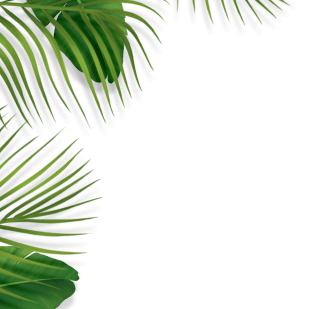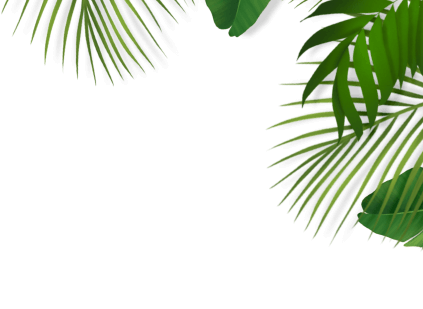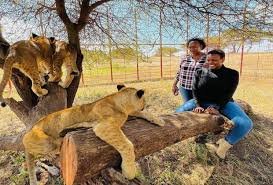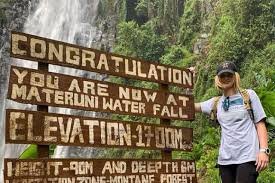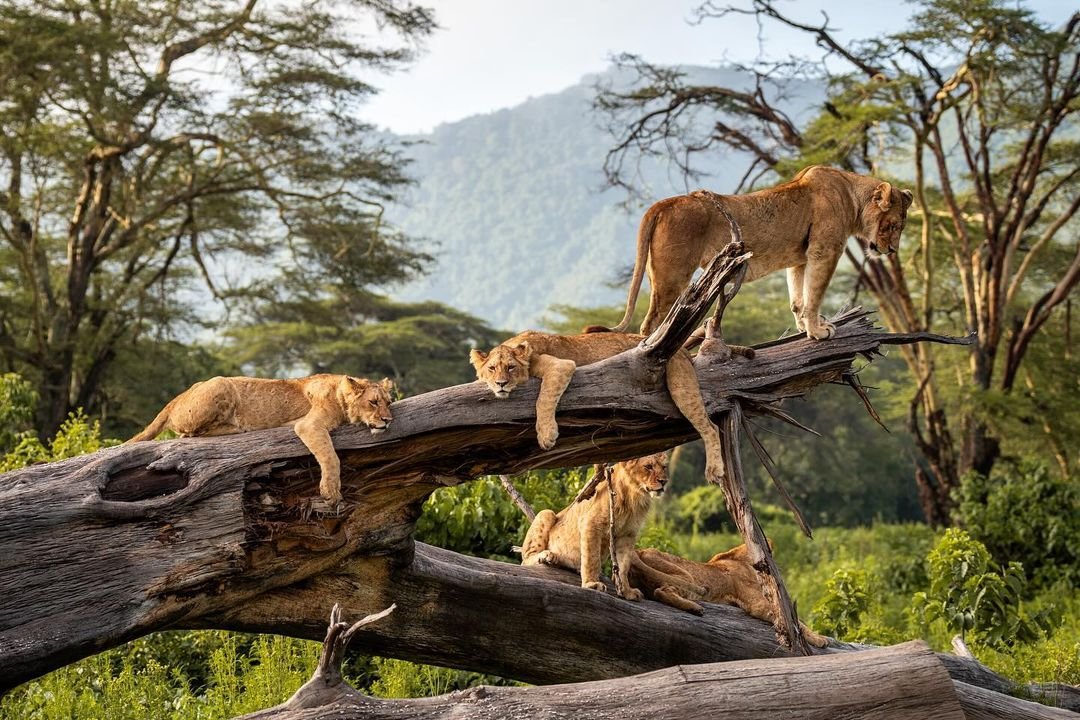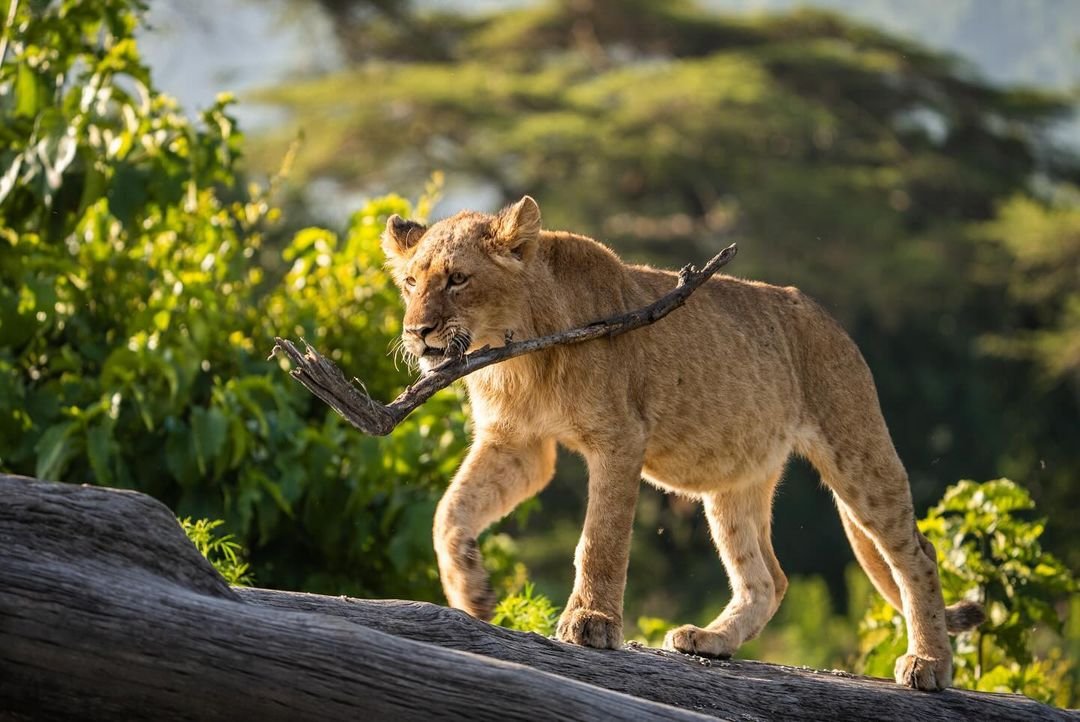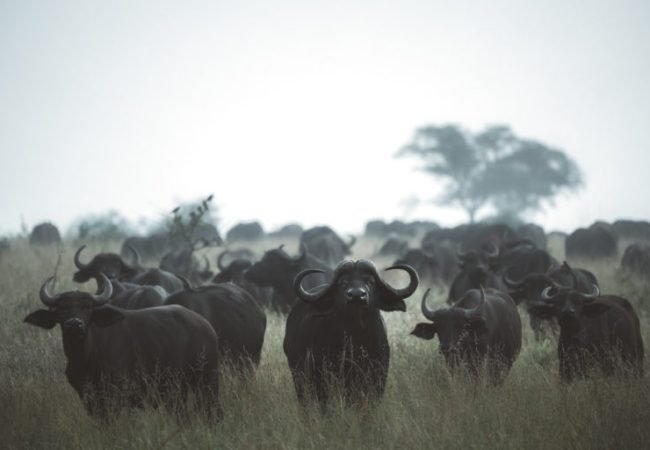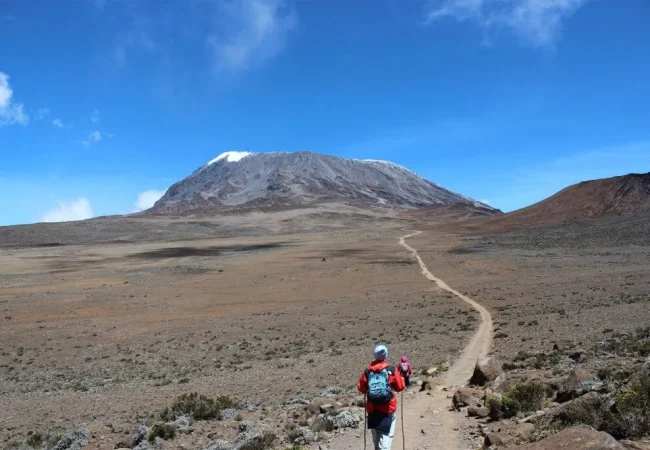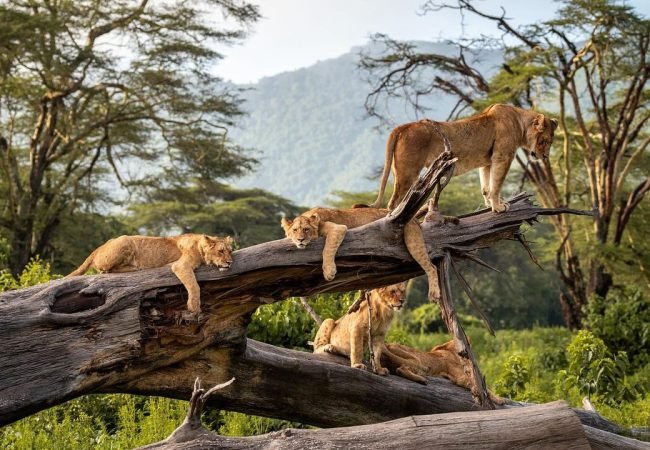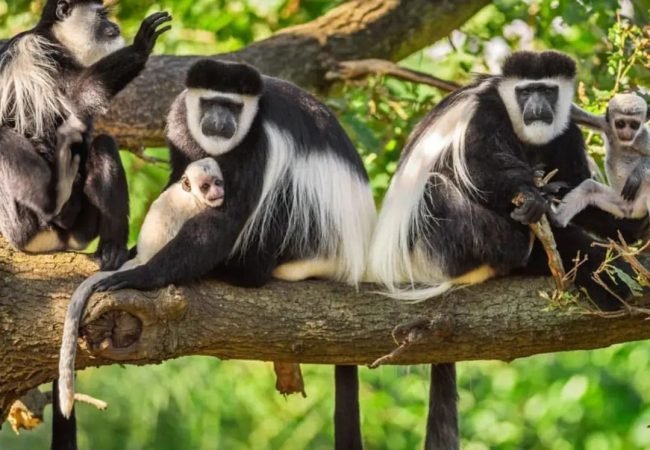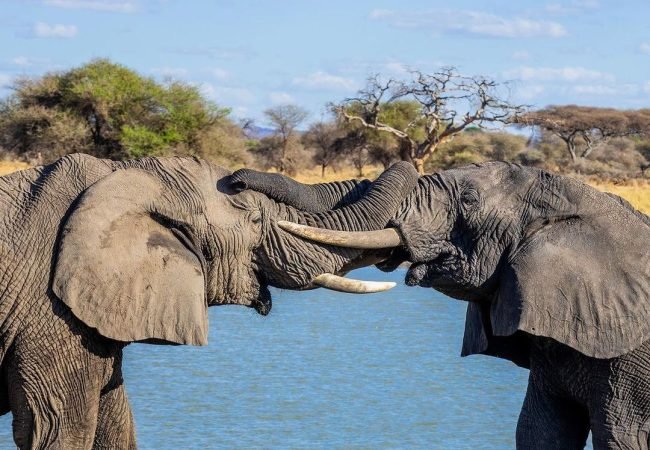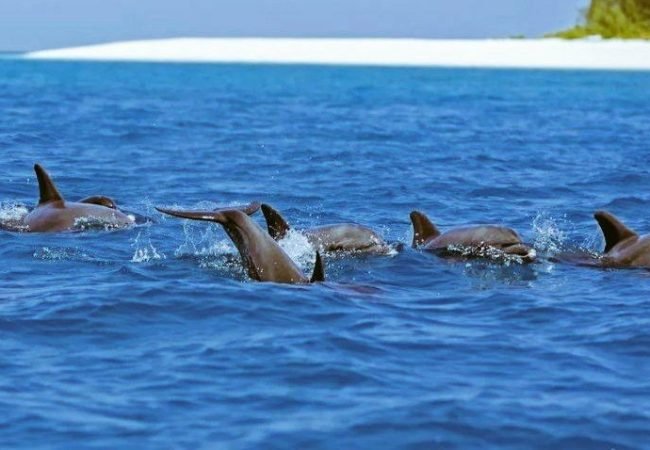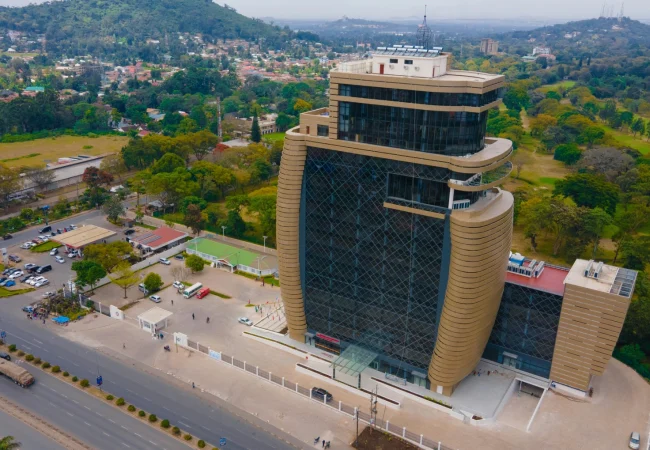
Our Destinations
info@kilifestsafaris.com
Lake Manyara National Park
- Home
- Lake Manyara National Park
Welcome to Lake Manyara National Park, a small yet incredibly diverse park known for its unique landscapes, tree-climbing lions, and vibrant birdlife. Nestled at the base of the Great Rift Valley escarpment, this stunning destination offers visitors a glimpse into some of Tanzania’s most beautiful and varied ecosystems.
Overview
Covering an area of 330 square kilometers (127 square miles), Lake Manyara National Park is dominated by its namesake, Lake Manyara, a shallow alkaline lake that swells and contracts with the seasons. Despite its relatively small size, the park is home to a wide range of habitats, including groundwater forests, acacia woodlands, and open grassy plains, which support a rich array of wildlife.
Wildlife
Lake Manyara National Park is renowned for its tree-climbing lions, a rare behavior that makes it one of the few places in Africa where you can witness lions lounging in acacia trees. In addition to these unique lions, the park is home to:
- Large elephant herds, known for their size and grace.
- Giraffes, often seen grazing in the open woodlands.
- Buffalos, zebras, and wildebeests, which roam the plains in search of food and water.
- Hippos in the waters of Lake Manyara, along with a variety of other aquatic species.
- Over 400 species of birds, including the famous flamingos that gather along the shores of the lake during the wet season, creating a breathtaking pink haze.




Scenic Beauty
The park’s diverse landscapes provide visitors with stunning vistas at every turn. From the lush, green forests at the park’s entrance to the shimmering waters of Lake Manyara itself, the park’s scenery is constantly changing. The dramatic backdrop of the Great Rift Valley escarpment adds to the park’s beauty, making it a photographer’s paradise.
Activities
- Game Drives: Explore the park on an exciting game drive with our expert guides, who know the best spots for wildlife sightings, including the elusive tree-climbing lions.
- Bird Watching: With hundreds of bird species, including pelicans, storks, and herons, Lake Manyara is a birder’s dream. Don’t forget to bring your binoculars for a close-up look at the many avian species.
- Canoeing: During the wet season, canoe safaris on the lake allow you to get a different perspective of the park and see wildlife from the water.
- Cultural Tours: Visit local communities around the park and learn about their way of life. The nearby villages offer cultural tours that give insight into the traditions of the indigenous people.
Best Time to Visit
Lake Manyara National Park can be visited year-round, but each season offers unique experiences:
- Dry Season (June to October): This is the best time for game viewing, as animals gather around the limited water sources, making it easier to spot them.
- Wet Season (November to May): The landscape transforms into a lush, green haven, and it’s the perfect time for birdwatching, especially if you want to see the pink flamingos. The calving season also occurs during this time, offering excellent predator-prey interactions.
Conservation Efforts
Lake Manyara National Park plays an important role in the conservation of Tanzania’s wildlife and ecosystems. The park authorities work to ensure sustainable tourism practices that benefit both the wildlife and the local communities. As a visitor, your presence supports ongoing conservation efforts, helping to protect this incredible natural habitat for future generations.
Plan Your Visit
Ready to experience the beauty and wildlife of Lake Manyara National Park? At Kilifest Safaris, we provide customized safari experiences that allow you to explore the park’s unique ecosystems and wildlife at your own pace. Our knowledgeable guides will ensure you have an unforgettable adventure in this spectacular park.
Lake Manyara National Park
Northern Circuit

10% Off
For Your First Book
Lake Manyara National Park Location.
Our Destination Highlight
Recommended Package
Starting From:
Sh1,399TAXES INCL/PERS
Starting From:
Sh798/PERS
Starting From:
Sh1,981/PERS
Starting From:
Sh1,560TAXES INCL/PERS
Adventure Safari
Starting From:
Sh1,890TAXES INCL/PERS
City and Culture Tour
Join the Newsletter
To receive our best tour Deals
